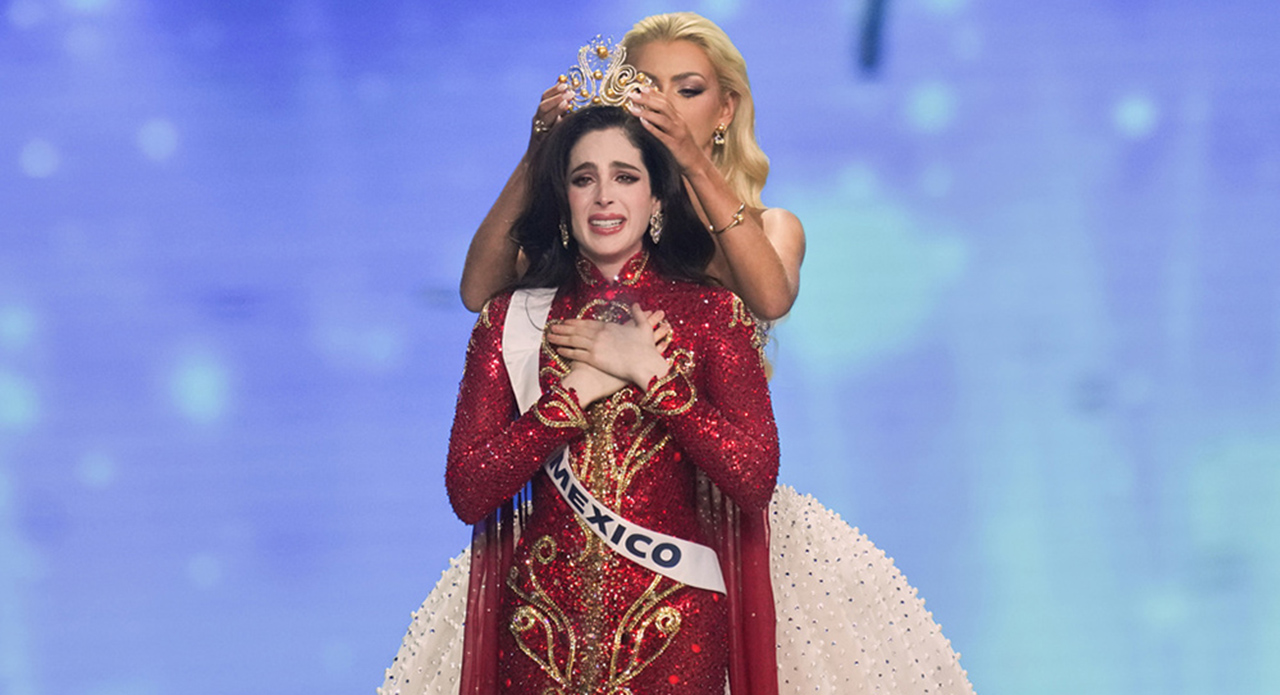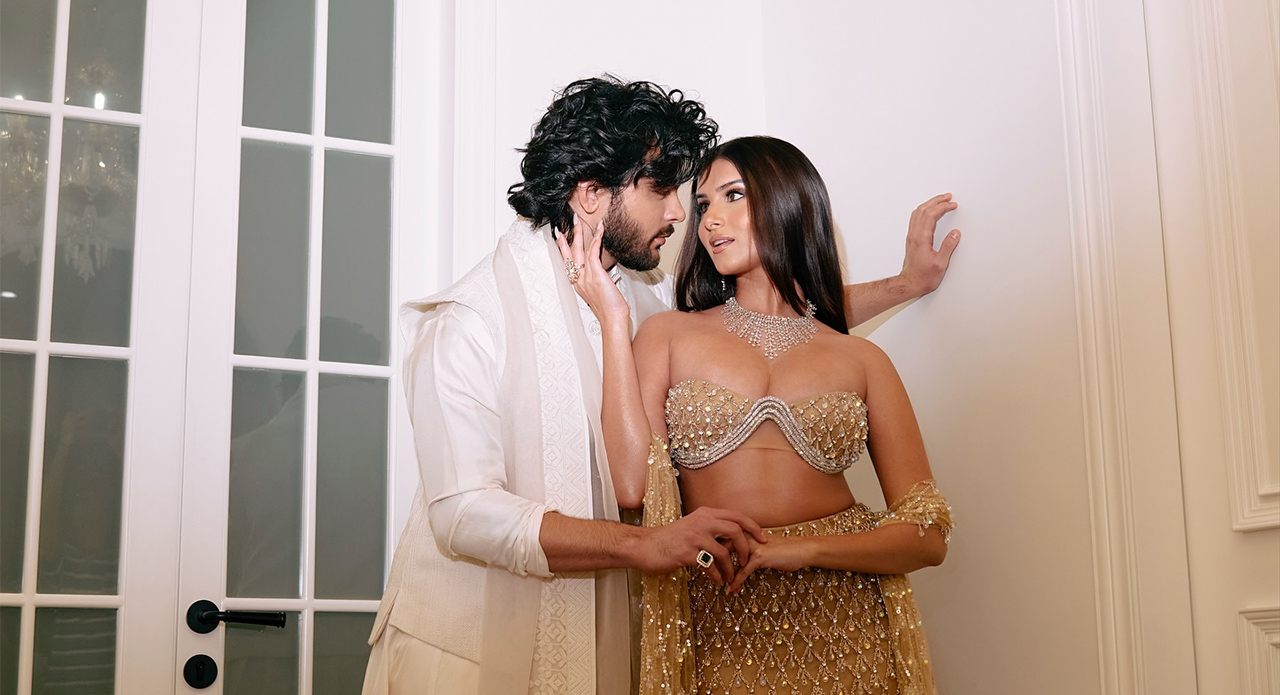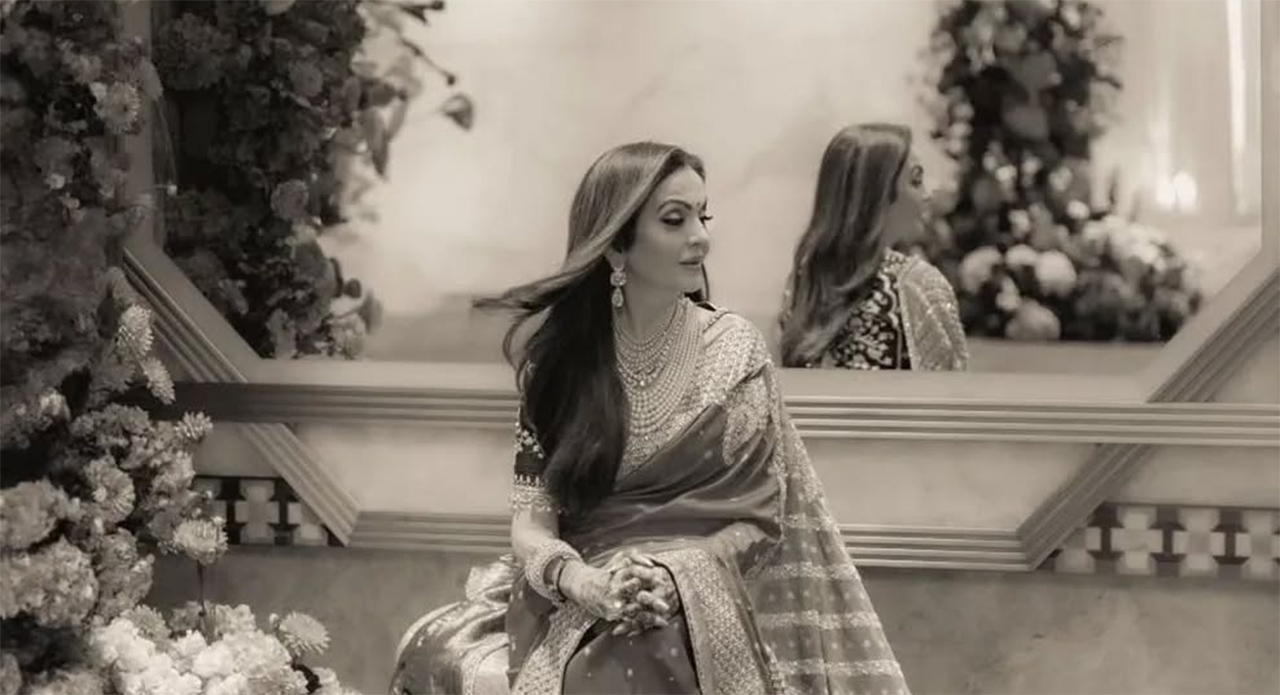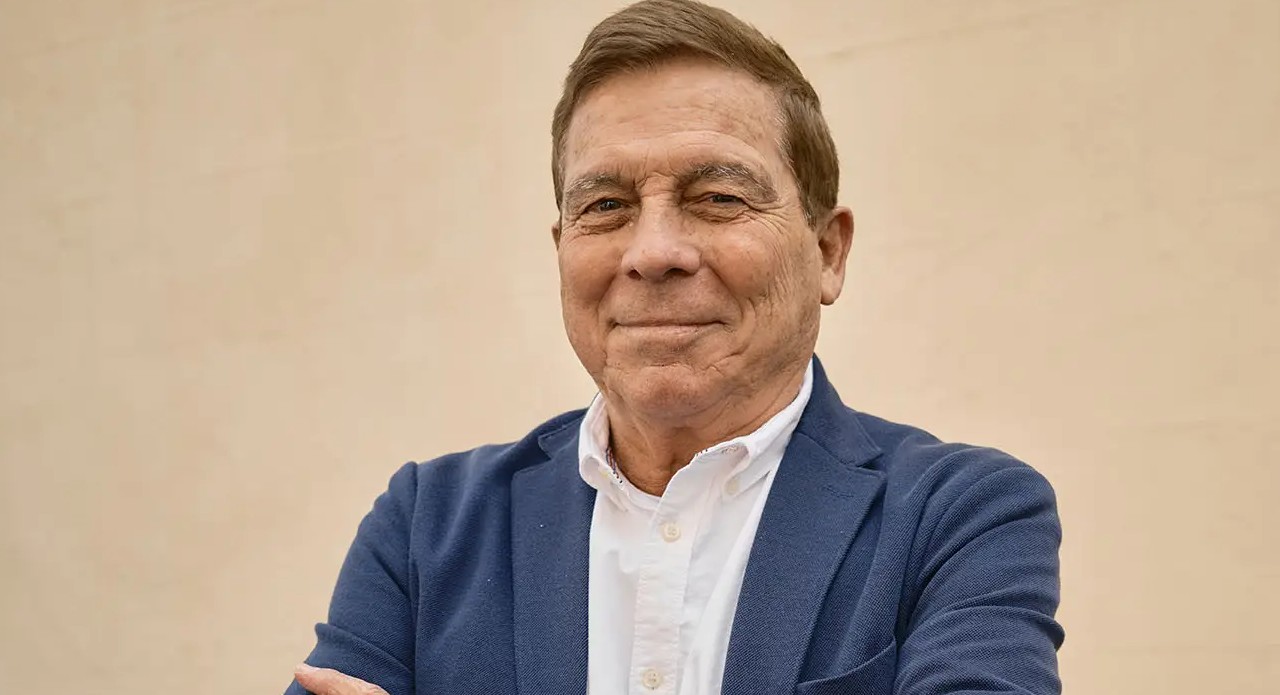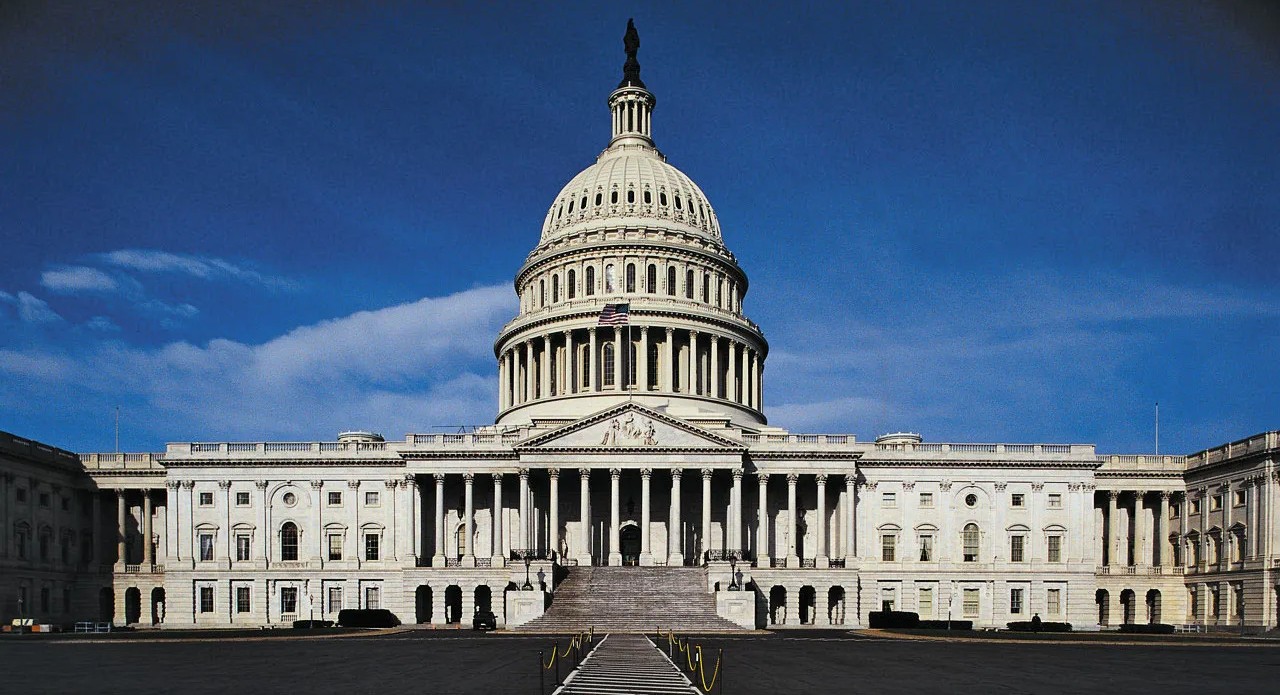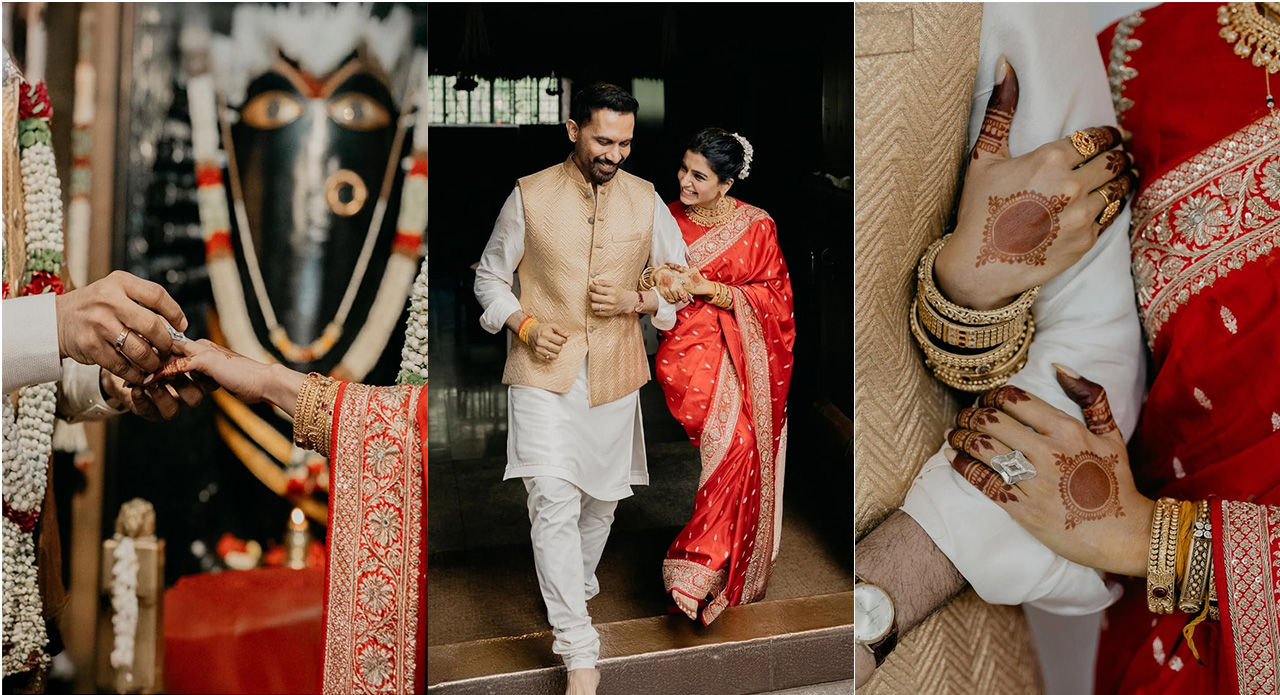Modern luxury is no longer defined by excess. It is about balancing what is lost and gained in creating a premium product. Today, true luxury takes into account sustainability, supports livelihoods, revives heritage, and delivers craftsmanship of the highest order.
Leading entrepreneur Dr. Payal Kanodia believes in this new-age definition of luxury—one that creates lasting impact. As Chairperson & Trustee of M3M Foundation and Former Chairperson of Young FICCI Ladies Organization (YFLO, Delhi), she has been a trailblazer across diverse sectors—luxury real estate, philanthropy, education, healthcare, environmental protection, women empowerment, and youth development. In this conversation with Outlook Luxe, the entrepreneur shares what distinguishes Indian luxury from the global market, her green-thinking approach to real estate, and evolving consumer mindsets.
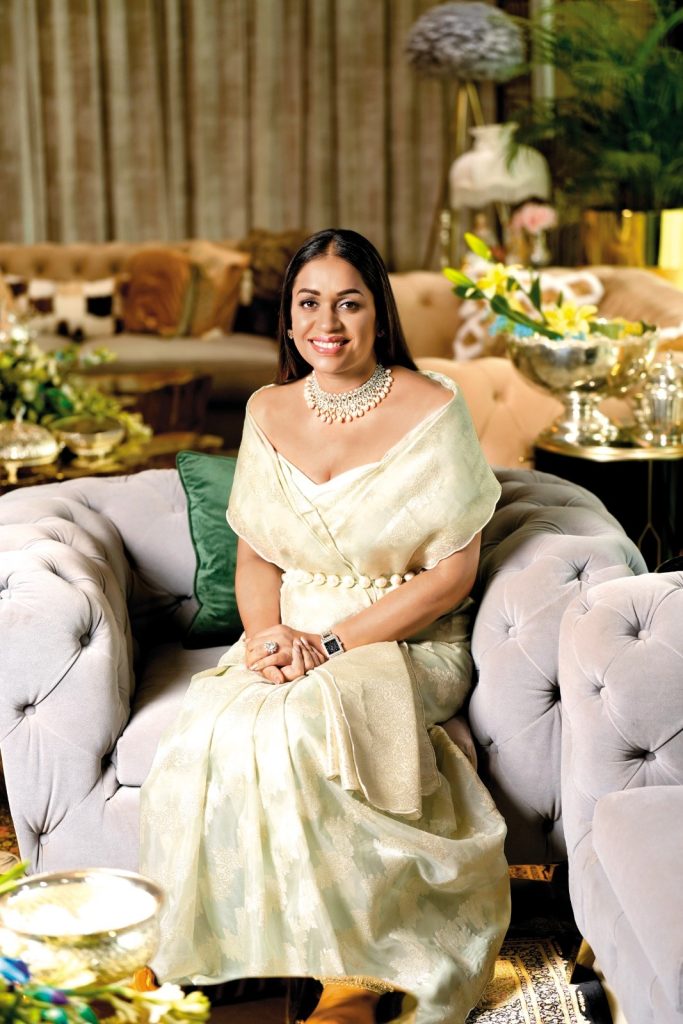
What is your idea of modern Indian luxury? What sets it apart on the global stage?
Indian luxury is sourced from regions that have generationally nurtured rare crafts, traditions, and artistry. This makes it not merely an indulgence but a celebration of heritage, livelihoods, and timeless authenticity. At its heart lie sustainability, the revival of India’s great crafts, and the inclusion of skilled rural artisans into mainstream roles. On the global stage, what sets Indian luxury apart is its ability to weave timeless heritage with contemporary innovation. It remains deeply rooted in culture, yet confidently forward-looking.
Your M3M Foundation is at the forefront of innovation in real estate. How do you envision luxury real estate evolving in India over the next decade?
Luxury in India is set to undergo a significant transformation over the next decade, fuelled by the rising demand for ultra-luxurious residences among ultra-high-net-worth individuals (UHNIs). I foresee some key trends shaping the Indian luxury landscape:
- Sustainability & Eco-Consciousness: Luxury homes will increasingly feature energy-efficient designs, green certifications, and eco-friendly materials to minimise environmental impact.
- Technology Integration: Smart homes with advanced security systems, home automation, and IoT-enabled devices will set new benchmarks in modern living.
- Wellness & Convenience: Developments will prioritise wellness with state-of-the-art gyms, yoga studios, and meditation rooms, complemented by curated experiences and personalised services.
- Experiential Living: Beyond physical spaces, luxury will extend to immersive experiences—exclusive services, cultural events, and high-end retail and dining within residential communities.
How are you integrating a green thinking approach through design, materials, or operations into luxury developments?
At M3M India, sustainability is at the core of our developments. We are using eco-friendly materials, minimising energy consumption, and optimising water usage across projects. Green spaces, parks, gardens, and rooftop terraces are being created to improve air quality while offering residents peaceful retreats. For efficient waste management, we have introduced composting and recycling practices. In addition, our luxury residences also integrate smart home technology.
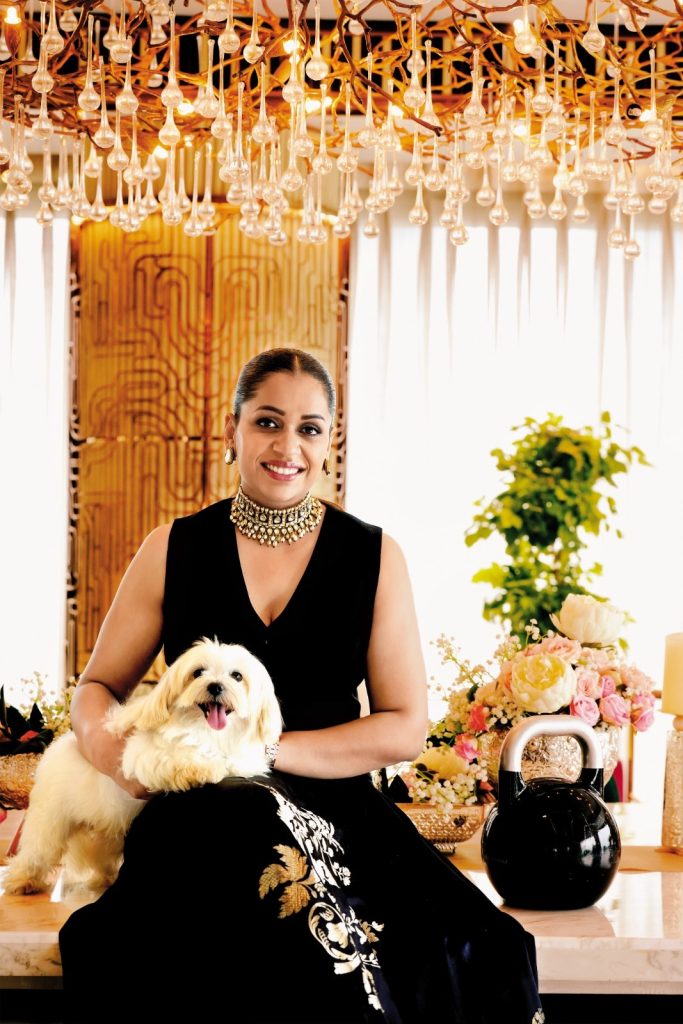
Do you think today’s luxury consumer in India is more mindful of sustainability? How has this shift infiuenced your work?
Absolutely. Today, true luxury is defined not only by exclusivity or opulence but also by its impact on the environment, livelihoods, and society. This evolution strongly resonates with my philosophy at M3M Foundation, where sustainability is a core principle across all initiatives. Through projects like Van Jeevan, which restores natural habitats and mitigates man-animal conflict, and Ek Ped Maa Ke Naam, under which over 6,00,000 saplings have been planted, we have embedded environmental stewardship into community development. Similarly, our Kaushal Sambal and Katran initiatives transform textile waste into distinctive artisanal products. These efforts align seamlessly with today’s luxury consumer who increasingly seeks products and experiences with a story and a positive footprint.
How India is redefining global perceptions of luxury not just through aesthetics, but values and impact?
India is redefining luxury by moving beyond the narrow lens of material excess and aesthetics, anchoring it instead in values, authenticity, and impact. With an unparalleled cultural reservoir—from Banarasi silks, Chanderi weaves, handloom khadi, and temple arts to Ayurveda—India’s legacy has been safeguarded for centuries by skilled artisans. Designers like Sabyasachi and Raw Mango are bringing these crafts to the global stage, while brands such as Forest Essentials in wellness and Araku Coffee in gourmet experiences showcase how Indian luxury blends indulgence with social and environmental responsibility. What truly distinguishes India is its ability to take the timeless and make it relevant.
What’s next for M3M in melding Indian luxury with responsibility?
For M3M, the next chapter of Indian luxury is ‘Responsible by Design’—creating homes, offices, and public spaces that are exquisite yet sustainable, socially inclusive, and digitally accountable. This vision translates into threekey priorities:
- Green as Standard: Our upcoming projects will integrate rainwater harvesting, on-site solar, high-efficiency fixtures, and robust waste management and composting systems. Future launches will target higher IGBC/green pre-certifications with embedded EV readiness, ensuring environmental performance is designed in, not retrofitted.
- Luxury with Purpose: True luxury must uplift. We are embedding M3M Foundation’s programmes into the communities where we build—iMpower and Saakshar for education, and Kaushal Sambal for skilling, and Sankalp/Van Jeevan for large-scale environmental action.
- Accountability through ESG: We are strengthening digital ESG systems to track energy, water, waste, biodiversity, and social outcomes project by project.




